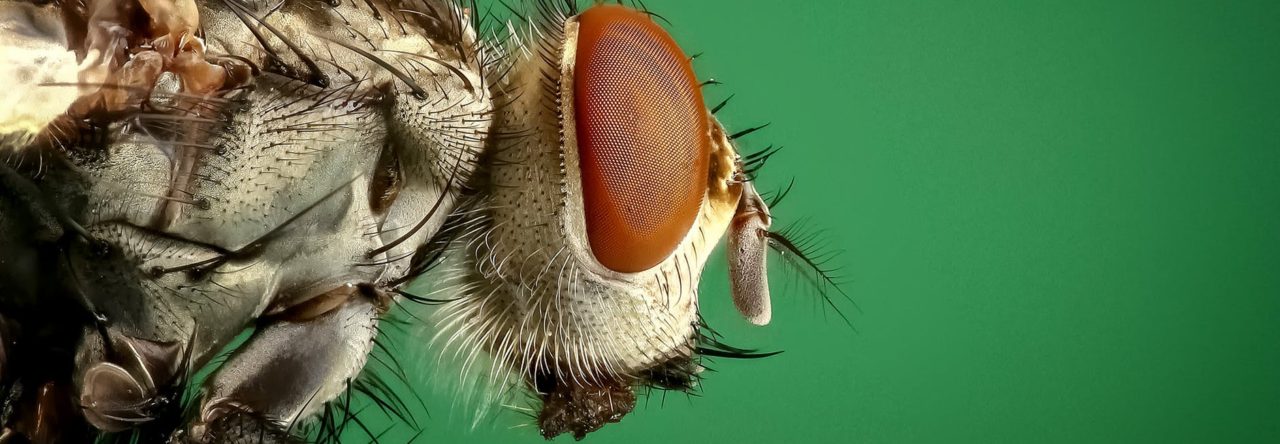The October 2018 Industry Insider interview is with Christina Pulles, Executive Editor at Sterling Children’s Books.
By way of introduction, here’s a quick bio snippet on Christina: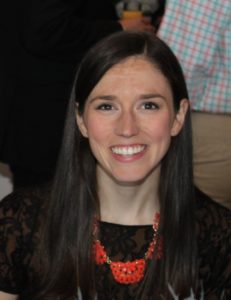
Christina Pulles joined Sterling Children’s Books in June 2015, and before that worked at Simon & Schuster’s Simon Spotlight imprint. Realistic middle grade holds a soft spot in her heart, but she also loves working on everything from board books to fiction and nonfiction picture books. Originally from the Chicago area, she now reads, runs, bakes, and eats in Brooklyn with her husband.
Sterling Website: www.sterlingpublishing.com
Twitter: twitter.com/ChristinaPulles
RVC: Like most in the writing/publishing biz, you were a mega-reader as a kid. But you’ve said that it was only in high school that you first started thinking about being a book editor. How did that idea come about? And what specifically appealed to you about that job?
CP: I became an editor for my high school newspaper, and I loved coming up with ideas for stories and writing them or editing them, but it just didn’t feel like exactly what I wanted to do, both the writing and the journalism parts. I don’t know how exactly I came to the realization that there were editors for books, too, but once I did I knew that was what I wanted to do—to sit quietly and read books all day (which, of course, is not at all what my job is like).
RVC: So we’re both Chicago natives! I started my writing career while doing my undergrad at Northern Illinois University, and you got your first publishing world job in the Windy City, too–at the book distributor Independent Publishers Group (IPG). What did you do there, and what did you learn that helped you be a more successful editor down the road?
CP: I absolutely loved working at IPG. I was a Sales Associate there, first assisting our B&N rep and then expanding to work on other national accounts. Seeing how the buyers’ estimates would change based on what materials we had available to show them helped me understand how important it is to always get my Sales team the materials they need to give each book its best shot.
RVC: After a stint at Simon & Schuster’s Spotlight imprint, you moved to Sterling Publishing, a mid-sized New York publisher. It’s also one of the few picture book publishers that still allow unsolicited, unagented submissions, right? What are some of the WOW-level slush successes you’ve witnessed?
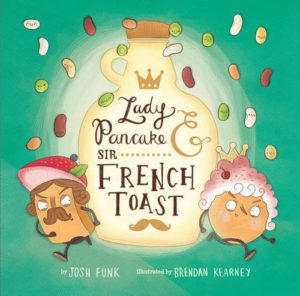 CP: Before my time at Sterling, another editor, Zaneta Jung, found Josh Funk’s amazing Lady Pancake & Sir French Toast in our slush pile, though he got an agent and signed other deals soon after. One of my favorite upcoming projects came in as an unagented, snail-mail submission: When Grandma Gives You a Lemon Tree by Jamie L. B. Deenihan.
CP: Before my time at Sterling, another editor, Zaneta Jung, found Josh Funk’s amazing Lady Pancake & Sir French Toast in our slush pile, though he got an agent and signed other deals soon after. One of my favorite upcoming projects came in as an unagented, snail-mail submission: When Grandma Gives You a Lemon Tree by Jamie L. B. Deenihan.
RVC: Jamie’s book is terrific. Let’s circle back on that in a moment. (She and I are pals, plus OPB just interviewed her agent, Linda Camacho, two months back. Small world, huh?)
But talk a bit more about how the acquisition process works at Sterling. What departments are involved? How much autonomy do editors have? What’s the typical time frame for a submission that makes it all the way through?
CP: It can take a very long time, unfortunately—definitely up to a few months! Because we’re a smaller company, we get the whole team involved in the process, all the way up to our President. This ends up being a great thing, though, as everyone gets excited about a book right from the start.
RVC: So you’ve bought two picture books from Jamie now–When Grandma Gives You a Lemon Tree and When Grandpa Gives You a Toolbox. What kind of pitch did you make to your team for those manuscripts? Was it all about comps (competing titles) and P&Ls (profit and loss estimates), language use, story elements, an agent’s charisma, or … ? What works to make the magic happen and the deal to emerge?
CP: It was a combination of all of those things! I create a memo to share with the team that includes a positioning statement (a very quick line about what a book is and why someone would want to buy it), a brief description of the story, an author bio, and comp titles. The sales team reviews all of that information to determine how many copies they think they can sell to their accounts. Then we plug those numbers into our P&L to see if the project will make a profit.
I think Jamie’s books were a particularly easy sell because of both the grandparent angle—people can buy them for Grandparents’ Day, Mother’s Day, and Father’s Day—and the message about putting down electronics, getting outdoors, and making something special.
RVC: That’s a great message for sure. It gets me wondering just how aware writers are about built-in hooks and the reasons editors really take on a manuscript. Now you recently participated in a critique opportunity for picture book writers via Inked Voices which included conversations about stories and the pitches. What are the most common errors you find in picture book submissions? In queries/pitches/cover letters?
CP: I got to read some great projects in my Inked Voices session, and this feedback doesn’t necessarily apply to those!
With submissions in general, I see a lot of rhyming text that doesn’t work. If you’re going to write in rhyme, read your text aloud constantly to see if it’s scanning properly. Keep in mind that other people in different regions or countries may not pronounce things the same way you do. Try to choose your words based on more than the fact that they rhyme with the last word of the previous line—they should fit naturally into the story, too.
In pitch letters, we get all kinds of mistakes in terms of who the manuscripts are being submitted to! Do your research about an editor before pitching them, and make sure the house actually publishes books like the one you’re submitting. Not every book has to have a hook as specific as a grandparent hook—maybe the hook of your manuscript is that it deals with emotional intelligence, or it’s connected to STEAM in some way, or it illustrates a great friendship. Whatever stands out about your manuscript, make sure to include that in your cover letter!
RVC: I feel your pain. Despite this being the OnlyPictureBooks blog, I still get unsolicited YA and adult books for review. One time, I even got a business how-to book. Ugh!
This all gets me thinking about another issue writers sometimes fret over–the importance of an author platform. I get it! Part of why I’m doing OPB is to grow my platform in the kidlit world. I also do it because OPB is fun, interesting, educational, and full of good literary karma for all involved, as you’ll soon find.
So for you and for Sterling, on a scale of 1 (least) to 10 (most), how important is it that a potential picture book author has a platform? Has that level of importance changed over the years? Do you anticipate it changing in the future?
CP: I do think it’s becoming more and more important—I would say it’s moved from a 5 to a 6 in the past few years. Authors that have a big social media presence are often able to build up hype for their books, and that leads to sales. A platform doesn’t have to be all about social media (which I’m not great at, anyway); having a nice website and being able to set up school visits and events on your own are also huge selling points for a picture book author.
RVC: What’s the most exciting trend you’re seeing in picture books now?
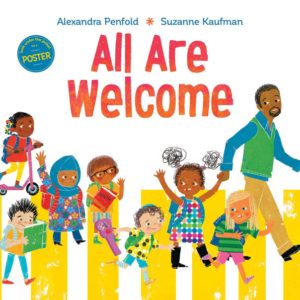 CP: I’m excited by two things: the sophistication of some recent picture books like A Different Pond by Bao Phi and How to Make Friends with a Ghost by Rebecca Green, and the inclusivity of books like The Day You Begin by Jacqueline Woodson and Rafael López and All Are Welcome by Alexandra Penfold and Suzanne Kaufman. I don’t think either of these things should be trends; they’re recognizing children for what they’re capable of understanding and they should inform how we approach children’s books in general.
CP: I’m excited by two things: the sophistication of some recent picture books like A Different Pond by Bao Phi and How to Make Friends with a Ghost by Rebecca Green, and the inclusivity of books like The Day You Begin by Jacqueline Woodson and Rafael López and All Are Welcome by Alexandra Penfold and Suzanne Kaufman. I don’t think either of these things should be trends; they’re recognizing children for what they’re capable of understanding and they should inform how we approach children’s books in general.
RVC: Okay, it’s time for the Speed Round. GO! Which videos are more likely to suck you into the time-wasting internet void–kittens or baby pandas?
CP: Baby pandas. I’m not a cat person (that’s relevant to my submission tastes, too!).
RVC: Best place to get cupcakes in Brooklyn?
CP: It’s not in Brooklyn, but Molly’s Cupcakes in the West Village is my favorite. Their original location is in Chicago.
RVC: Best Chicago pizza?
CP: I was raised on Lou Malnati’s. My husband hasn’t even tried any of the other places yet.
RVC: My brother LOVES Lou Malnati’s, too. Next question, though–what’s the coolest literary pilgrimage you’ve taken?
CP: I went to Prince Edward Island on my honeymoon, and it really was everything I hoped—we saw the Green Gables house, ate amazing seafood, biked along the rocky red coast, and had dinner in Charlottetown.
RVC: Picture book character you’d most want to meet in real life?
CP: The mouse from If You Give a Mouse a Cookie.
RVC: What never-before-authored-anything celebrity do you think would write the best picture book?
CP: I’m obsessed with Jane the Virgin and Gina Rodriguez, and I think a picture book either from Gina or from the character of Jane would be a lot of fun! She’s a romance writer on the show and S&S published “her” book last year.
RVC: Best picture book published in the last year that too few people are talking about?
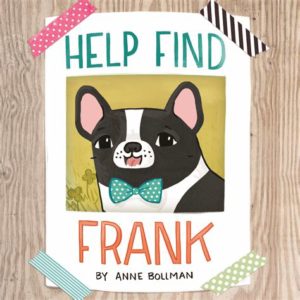 CP: Two of my own books, Magnolia Mudd and the Super Jumptastic Launcher Deluxe by Katey Howes and Valerio Fabbretti and Help Find Frank by Anne Bollman are so charming and fun, and I’d love to see them get more attention!
CP: Two of my own books, Magnolia Mudd and the Super Jumptastic Launcher Deluxe by Katey Howes and Valerio Fabbretti and Help Find Frank by Anne Bollman are so charming and fun, and I’d love to see them get more attention!
On the non-Sterling side, I’ve been in love with All the Way to Havana by Margarita Engle and Mike Curato since it came out last year, and haven’t heard as much about it as I would have thought.
RVC: Three words that authors you’ve worked with will say about their experiences with you and Sterling.
CP: Attentive, enthusiastic, and innovative—I hope!
RVC: Thanks a ton, Christina!

